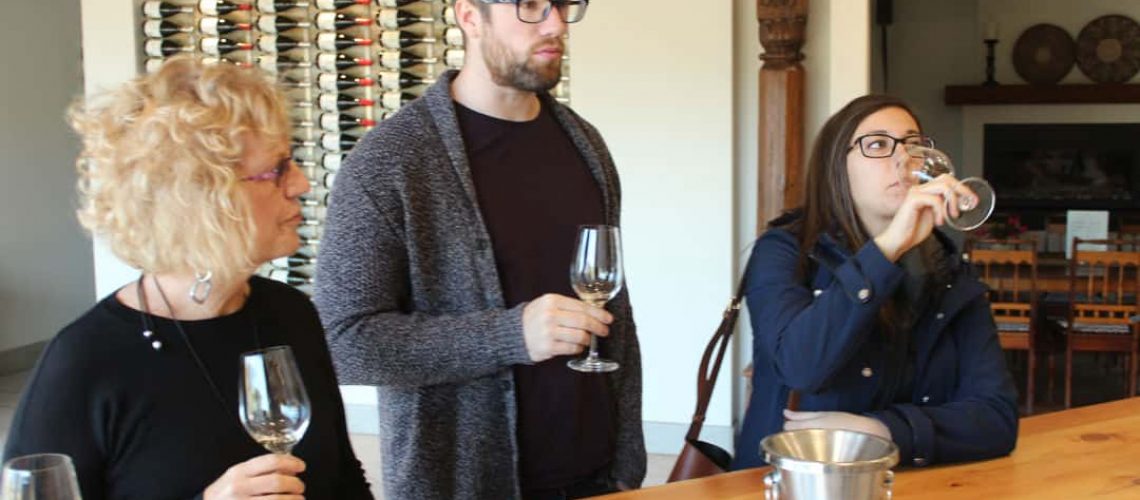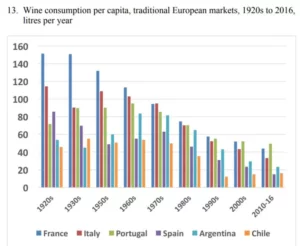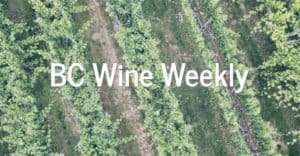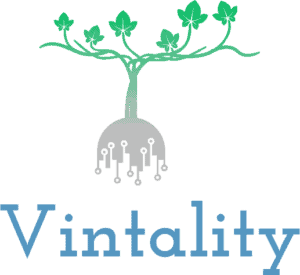Silicon Valley Bank and Rob McMillan hosted a top-notch panel to discuss the state of the wine industry (you can listen here) in the United States. While American-focused, most of the data also applies to our BC wine industry, and because we lack the quantity and quality of data coming out the USA, it’s very valuable as a measure of both winery and consumer behavior.
Reality vs. Preference

Looking at this data we immediately see the stark difference between what people say they would order and what they actually order.
This is Sales 101 – what people say they want and what they actually want are often very different. I’m also reading a book about product research called The Mom Test. One of the central points is (a) most people don’t know what they need to solve their problems and (b) people rarely will tell you what they will actually do. That’s why the question “What do you think of this idea?” doesn’t give valuable information.
Back to the graph. Most people intuitively think that during a crisis people in North America would turn to cheap drinks such as beer. It turns out, and data backs this up, that people most quickly turn to wine.
The challenge for small to medium wineries, is that much of these wine purchases are “value wine” produced by large wineries.
Revenue Channels

Even with a large surge in alcohol sales, this shows the impact of lost restaurant and tasting room sales – the average winery losing 44% of revenue.
It also shows that while wine club sales have increased by 50%, it’s still only increased it’s share of total revenue by 12%.
The interesting jump is in phone & e-commerce, which comprised a combined 3% and are now 10% and 16% respectively.
Paul Leary of Assemblage Consulting pointed out, quite correctly, that this lost revenue is in large part because wineries have failed to diversify their lead sources. Now, having lost restaurants and tasting rooms, wineries lack the data to reach out to their customers (past and present).

This is another way to visualise the revenue channel mix, with the red line being when stay-at-home orders took effect. This represents small winery sales.
We obviously see a massive jump in wine club sales (the yellow bar). This is both good and bad. Wineries are leaning heavily on their wine club members right now; they’re heavily dependent on increasing the revenue per customer from that relationship. I wonder how much of that is because the average winery lacks customer data on both current and past customers.
The support from wine club members has been great. But this mix won’t be sustainable. Wineries need to be bringing on more phone and e-commerce sales beyond wine club members.
Rise of E-Commerce

Look at the jump in e-commerce sales. The important point here is how much the increase in e-commerce is driven by new buyers. Initially this jump is largely represented by older buyers who previously weren’t as comfortable online. It pays to note that now they’ve become comfortable, we’re not going back to pre-Covid e-commerce sales.
How much you benefit from this rise in e-commerce will be directly proportional to how much you’ve invested in tools to support your e-commerce channel.
Where Do Wineries Go From Here?
Invest in E-Commerce Tools
The simplest step is a simple, mobile-friendly website that allows a seamless e-commerce experience. Another critical piece is a “customer relationship management” (CRM) tool. Which goes with other tools to help you capture emails on your customers.
Invest in Data Collection & Analysis

I understand why so many wineries (55%) aren’t analysing (and maybe not collecting) customer data.
But that has to change under the “new normal”. You can’t have an effective, consistent e-commerce channel without reliable, detailed customer data. How much more positive is the customer experience when you can reach out and know who they had their last tasting with, their favorite wine, what field they work in, how many people are in their household.
This is the tip of the iceberg, but it allows you to both increase the value to your customers and increase your sales.
The most basic, free tool is Google Analytics, a free plug-in for your website. Another simple addition is increasing the information you ask for when a wine club member signs up.
And then you can get into more complex tools, like services that will scrape publicly available information based on email addresses to give you a broader profile of your clients.
The real beauty is when you know who is likely to buy your new wine release, who is likely to cancel their membership, or who might be an offer away from coming back.
Data!
Pick Up the Phone
We’ve said this a few times on BC Wine Weekly, but phone sales are a very powerful weapon in the arsenal right now. I’ve noticed how much more I enjoy phone calls now, often preferred over Zoom meetings after a day full of them.
Picking up the phone, checking in, asking for the sale or – if you have the data for it – mentioning how a birthday or celebration is coming up for your customer.
It's About Improving the Customer Experience
The beauty of all these tools is that they serve the clients.
Knowing more about your clients helps you build your relationship with them. A smooth e-commerce experience makes it easy for them to buy from you.
An increase in your e-commerce and phone sales is a reflection that the value you’re offering to customers is increasing. The beauty of e-commerce can sometimes be the simplicity of it.
If the wind will not serve, take the oars.
destitutus ventis, remos adhibe
(-Latin Proverb)






